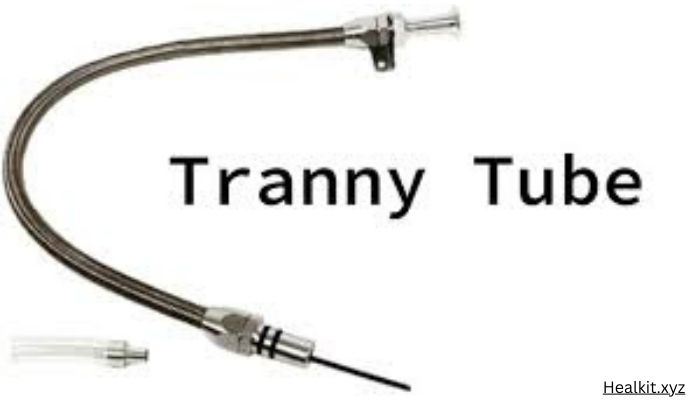A tranny tube is a crucial component in a car’s liquid exchange system, connecting the transmission to the radiator. Its purpose is to prevent overheating by allowing transmission liquid to flow between the two parts, avoiding mixing motor coolant and oil. To replace a tranny tube, it is essential to follow the manufacturer’s instructions carefully, as failure to do so could potentially damage the motor or transmission. It is also advisable to have the entire system replaced.
An appointment with a repairman or transmission expert is recommended before introducing a new tranny tube to ensure optimal performance and prevent future issues. However, tranny tubes have several drawbacks, including being less sturdy, less adaptable, less easy to install, less secure, less easy to store, less easy to clean, less easy to find, and moderately expensive.
How Should a Tranny Cylinder Be Introduced?
This article discusses the various aspects of Tranny Cylinders, focusing on the auto industry’s availability of various producers offering the best shemale cylinder for gearboxes. Choosing the right transmission tube can be challenging, but finding the best option is easy and affordable. Tranny pipe types can be selected for their durability and smooth ride, and the materials used in the clasps should suit your needs. It is essential to carefully examine the guidelines and introduce the line to maintain your vehicle’s performance. These adaptable lines require optimal liquid exchange, and a dipstick can be used to check the fluid if necessary.
A tranny tube is a simple tool for adjusting the engine’s suspension. It requires a wrench and an attachment set. The process involves removing the old cylinder, introducing the new one, and reconnecting the wires. If the gasket needs to be replaced, follow the instructions provided with the new cylinder. After installation, test drive the vehicle to ensure proper functioning. It is crucial to follow the instructions supplied with the tranny tube to ensure the vehicle operates correctly. This process is essential for maintaining the vehicle’s stability and performance.
Know the several types of tranny tubes
Tranny tubes come in various types, with the two main types being conventional and manufactured. Engineered pipes are more expensive but last longer and perform better in hot conditions, while traditional cylinders are more affordable but less effective in extreme heat or cold.
PTFE tranny tubes are top-quality and durable, used in large processing plants and businesses. They are available in two packs and can fit in seat packs. PVC tranny tubes are suitable for light vehicles and applications but are less expensive and of lower quality. They offer flexibility, length, and strong gearbox liquid but may sometimes neglect brake fluid levels.
Treated steel tubes are heat-safe and rust-resistant, suitable for heavy trucks and environmental conditions. They offer significant benefits in vehicle maintenance, support more liquid manual changes, and help restore the programmed transmission’s responsiveness, especially in testing conditions. However, their high-temperature stability is a disadvantage.
Is It Necessary To Change The Car Fluid?
Essential support and oil are needed to extend the life of your vehicle or machine. Grease is vital to reducing grinding and improving efficiency. Trani pipes provide a longer life expectancy and increased functional productivity. Old tranny pipes can break easily and have a short lifespan. Clean cylinders have excellent quality and machine life. Mechanical professionals understand the importance of tranny tubes in vehicles, and different brands are available for transmission. It is crucial to choose high-quality tranny tubes, as some people use low-quality materials that don’t last long. With a thorough understanding of your vehicle, you can adjust the gearbox fluid, which can be adjusted using the cylinder.
Conclusion
Tranny tubes are crucial for a vehicle’s transmission system, connecting the transmission to the radiator. They prevent overheating and circulate transmission fluid effectively. Different types of tranny tubes exist, including conventional, engineered, PTFE, PVC, and treated steel. Each has advantages and disadvantages, so careful selection depends on your vehicle’s requirements. Proper installation and adherence to manufacturer guidelines are essential for avoiding damage and ensuring tube functionality. Regular maintenance, including replacing damaged tubes, is vital for vehicle stability and performance. Investing in high-quality tranny tubes and following best practices can enhance reliability and extend vehicle lifespan. Read More
